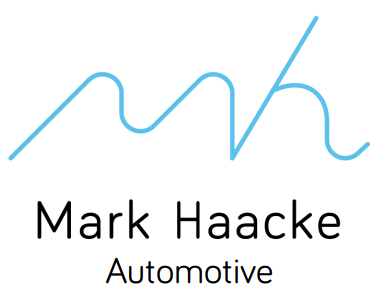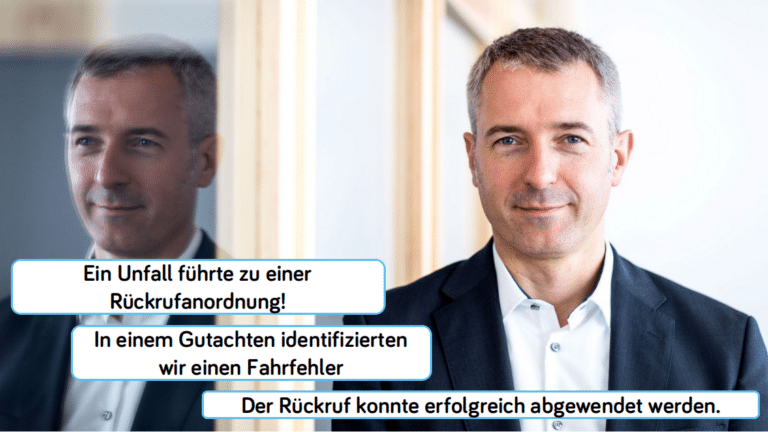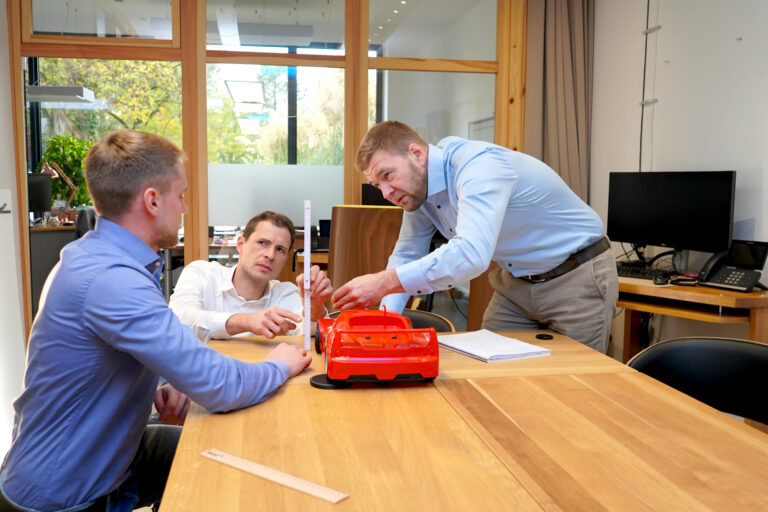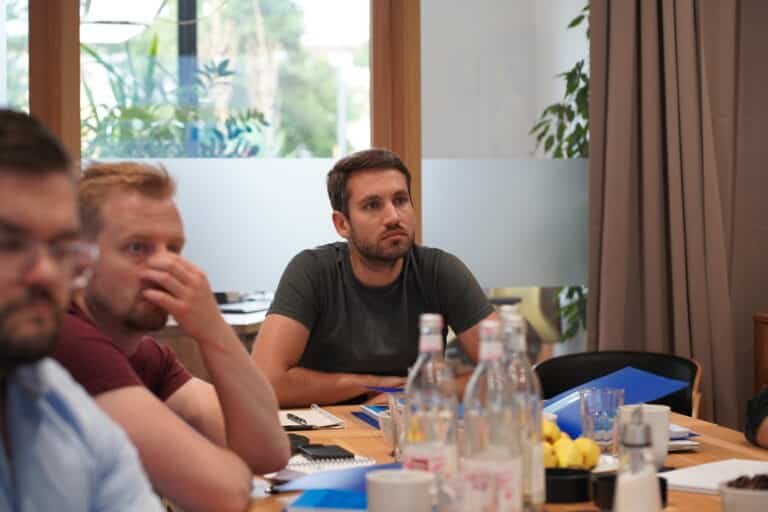Almost everyone is familiar with the term “recall” – most people know what it means and many have already been affected themselves. But what exactly is that?
In principle, every company that launches any products on the market also has a responsibility to ensure that users or third parties are not put at risk.
And in principle, this applies to every product and every type of “placing on the market”.
Whether food, medicines, toys, technical products, even travel or other services – the product must be so safe that no one can come to harm.
Of course, the whole thing has its limits.
Can there be limits when it comes to safety?
Shouldn’t maximum safety be the top priority? Can we accept that people come to harm?
Ultimately, no risk can be completely ruled out. Everyone who gets on an airplane is aware that it could crash. Everyone who uses stairs bears the risk of tripping and falling down the stairs. And anyone who smokes cigarettes is fully aware that their risk of serious illness increases enormously.
Security is therefore relative – we define a risk that we can live with. This is often flanked by a large number of laws.
What is the state doing to ensure that citizens are safe?
Article 2 of the Basic Law guarantees every citizen the right to physical integrity. How can the state then allow potentially dangerous products to be placed on the market and used? So why are heavy machines allowed to travel at high speeds on our roads? “Allowing” as a term also hits the nail on the head here.
The state, or rather the legislator, creates strict limits and clear rules here – for example, people who operate heavy machinery must prove that they are able to control it – and in the case of a vehicle, you must have a corresponding driver’s license.
Vehicles and persons receive their permit from the registration office – an authority at state level.
And the manufacturer/distributor also has clear guidelines on how they must design their products. And also what obligations arise for the utilization phase. Comprehensive legal regulations on approval, market surveillance, product safety, product liability and producer liability provide clear guidelines.
Why a recall now?
The products and their use are subject to clear rules – so far so good. If everyone sticks to it, everything is fine. So why recall products?
Defects in products occur time and again. These can be very diverse and have a wide variety of causes.
- Potential faults and their effects must be considered as early as the product design stage – for example with the help of an FMEA. It can happen that certain error patterns are not considered.
- Errors can also occur in the manufacture of products. The more complex the product, the more complex the manufacturing process. Did you know that a vehicle rolls off the production line of a car manufacturer every 40 seconds? The vehicles are assembled at various workstations. If the production process is to run smoothly, each workstation must have completed its tasks in 40 seconds. And of course the right order is also important. This complexity harbors the risk of errors, especially when changes are required.
- Each product consists of components, semi-finished products or raw materials that are provided by suppliers. What is to be supplied is regulated by specifications and contracts. Errors can also occur here. Of course, a supplier can also have errors in production.
- And then there is the risk of error from the customer – not necessarily the end customer. The vehicle manufacturer, as the supplier’s customer, may make mistakes when handling the supplied components. A distinction can be made here, for example, according to the intended use – is it the intended use? Was the use at least foreseeable or must misuse be assumed? It is quite possible that the intended use has not been sufficiently communicated.
- And ultimately, errors can occur during use – due to premature wear, for example.
Errors can therefore never be completely ruled out. And faults that can lead to a hazard also occur time and again – cause for a recall.
Recognize product defects
As errors can unfortunately not be ruled out, it is essential that errors are detected at an early stage. Various methods have been established for this in the various phases of the product life cycle – some are prescribed by law, others are industry standards, for example.
- There are various methods in the development phase – for example, FMEA – Failure Mode and Effect Analysis – a method for assessing the type of error and its impact.
- Once the first prototypes are available, they are subjected to the first endurance tests.
- Once product development has progressed so far that the first near-series samples are available, the “first” legal hurdle often comes – the product is evaluated by an authority – if it meets the legal requirements, it is approved – in other words, the manufacturer receives permission to market the product.
- The manufacturer has an internal “hurdle” for the start of production: series approval.
- Once production is in full swing, the manufacturer implements quality assurance measures. The legislator also requires additional monitoring of specific characteristics – in the form of CoP (Conformity of Production)
- If the product is in use, the manufacturer is obliged, for example, to monitor the product/market.
- And even disposal is subject to strict legal requirements.
If a product defect is detected in one of the phases that could lead to a hazard, the manufacturer is required to recall the products in order to repair them or withdraw them from circulation. In certain cases, a product warning may also be issued.
What does a recall mean for the manufacturer?
For the manufacturer, a recall means first of all that he must remedy the hazard immediately, i.e. without culpable delay.
The top priority here is to at least inform the affected or potentially affected customers immediately. If the user is aware of the risk and has specific instructions for action – for example, if they are prohibited from further use, the risk is already greatly reduced – but not yet eliminated.
However, the parties concerned – as well as the authority – should be informed in a structured manner.
Every company needs a recall process for this eventuality. It must therefore be clearly described which sources are used to identify product defects and how these are assessed. After the structured assessment, corrective measures must be developed and implemented. This, as well as the communication rules, must also be described in the callback process.
There are various options for the measures, depending on the severity of the risk – various voluntary measures are available if the risk is correspondingly low. If the risk is high, the recall is ordered by the authorities. If the authority is dissatisfied with the implementation of the recall, the authority can also take control of the recall itself.
….
What does a recall mean for the customer?
For the customer concerned, only a very small part of the whole process is visible. He receives information that a product he is using is affected by a fault and therefore needs to be repaired or replaced.
It is important for the customer to follow the manufacturer’s and/or authority’s instructions and not to ignore them under any circumstances.



